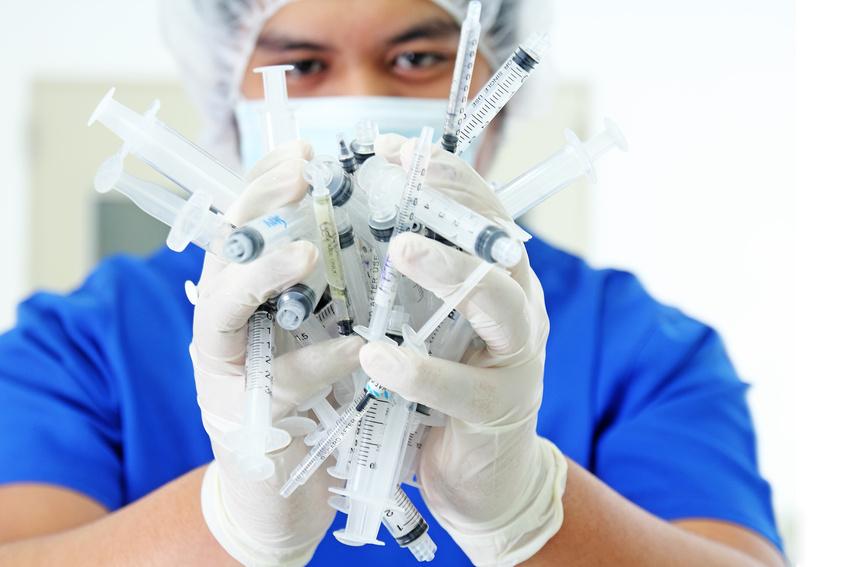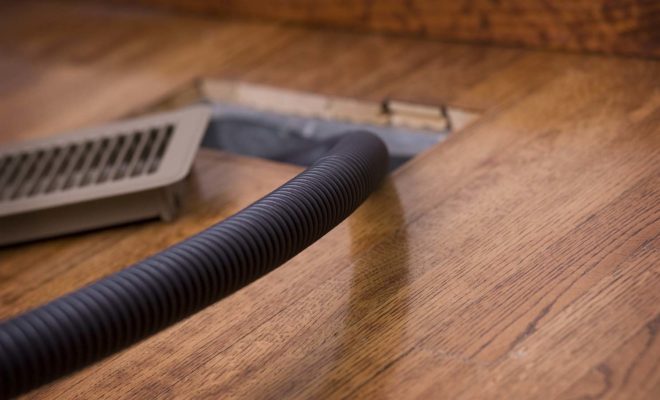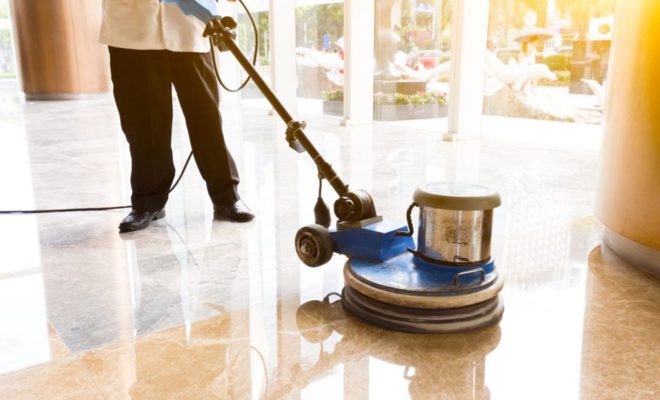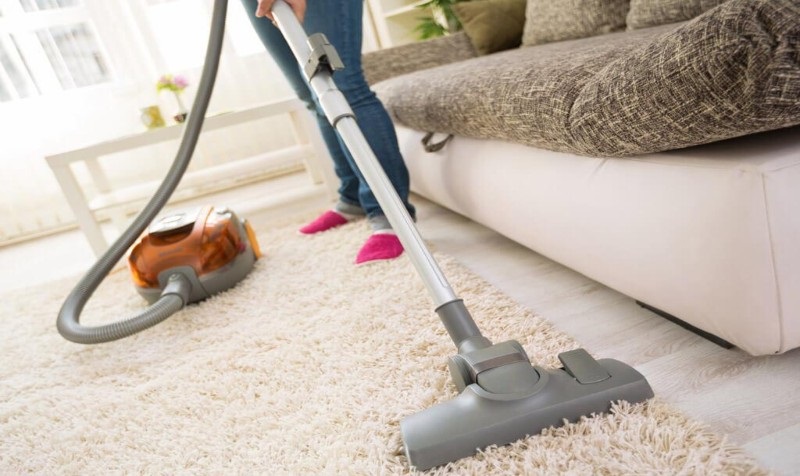Waste Disposal Methods Adopted By Medical Waste Disposal Services

Waste from medical facilities is treated differently from any other type of waste primarily because it contains harmful toxins that if not properly decomposed can have some very epidemic consequences. About 20 percent of medical waste is termed biohazardous and by federal jurisdictions, only medical waste disposal services Fort Lauderdale FL are permitted to get rid of them. While 20 percent may not seem much for a hospital but multiplying that by the number of hospitals in a particular district makes the numbers go really high. However, wouldn’t it be great if you knew exactly what these companies do to the waste that nullifies their toxic states? This piece is highlighting some methods these disposal services use when getting rid of medical waste.
The following methods have been adopted by many medical waste disposal services and they include:
- Autoclaving
- Chemical Disinfection
- Encapsulation
Let’s begin with autoclaving
Autoclaving
This method is utilized for a whopping 90 percent of the total medical waste generated in a country. The process is simple. These medical waste disposal services use a large heated container as a vessel for waste destruction. It is known to be one of the most effective biohazardous waste disposal methods. These vessels are heated to an extreme temperature before and after the waste has been introduced after which they decompose by continuous heating or incineration.
Chemical decomposition
Not all medical wastes are gotten rid of by autoclaving or incineration. Biohazards like solid human and animal wastes gotten for testing are picked up by these medical waste disposal services and treated as appropriate. In this method, the waste is first treated or disinfected by chemical measures. This nullifies every potential harmful pathogen that the waste carried and leaves it in a sterile state. After the disinfection comes the transportation. The medical waste is transported to a landfill where it is deposited and where the threat of harm is minimized.
Encapsulation
As you’d know, used syringes, needles, scalpels and other sharp medical tools are discarded after each use. Hence they constitute a vast amount of this medical waste. However, these materials possess traces of the patient they were used on as well as their genetic material, and the fact that they can easily puncture some other person makes them more harmful. Hence for these sharp medical waste or ‘sharps’, they are encapsulated. In essence, they are bottled up in a puncture resistant vessel which is appropriately labeled before they are then deposited in a landfill in its very own designated area.
Medical waste can easily contain infectious materials which can easily render a healthy person sick. Hence, great precaution is taken when they are handled by the medical waste disposal services. There are so many other methods of medical or hazardous waste disposal, however these are the most commonly used ones. With so much medical waste being generated on a monthly basis, these methods ensure that harmful diseases and infections aren’t spread to medical practitioners, patients or even those at the waste disposal services.





